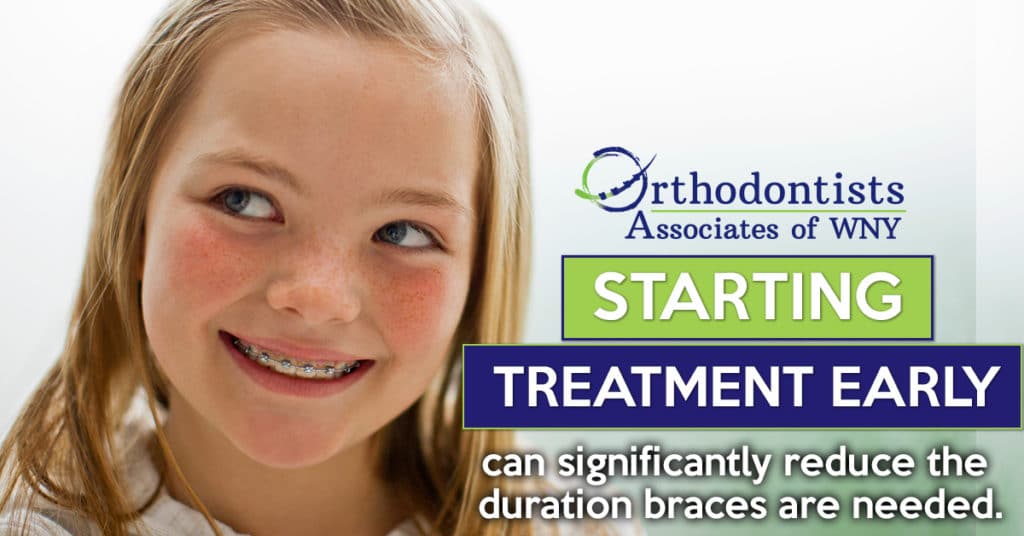Legacy Orthodontics - An Overview
Legacy Orthodontics - An Overview
Blog Article
Legacy Orthodontics for Dummies
Table of ContentsThe Of Legacy OrthodonticsAll About Legacy OrthodonticsThe Greatest Guide To Legacy OrthodonticsLegacy Orthodontics Things To Know Before You BuyThe Legacy Orthodontics Diaries
At Advanced Orthodontics, we provide clients with a alternative treatment experience. Furthermore, we provide adjustable treatment schedules, flexible settlement alternatives and an enjoyable, satisfying experience. leesburg orthodontics. Call ( 480) 357-4900 today to learn more and routine a consultation.An orthodontist is a dental professional educated to diagnose, prevent, and treat teeth and jaw abnormalities. Orthodontists function with individuals of all ages, from children to grownups.
Malocclusion, or misaligned teeth, can cause dental issues, consisting of tooth degeneration, periodontal disease, and hard or unpleasant eating. However not every person is born with straight teeth. If you have a poor bite or big rooms in between your teeth, you may intend to speak with a dental professional specializing in orthodontic treatment.
How Legacy Orthodontics can Save You Time, Stress, and Money.
( Image Credit Report: DigitalVision/Getty Images) Orthodontists use fixed and removable dental tools, like dental braces, retainers, and bands, to alter the position of teeth in your mouth. Orthodontic treatment is for dental abnormalities, including: Jagged teethBite troubles, like an overbite or an underbiteCrowded teeth or teeth that are also much apartJaw misalignmentThe objective of orthodontic therapy is to enhance your bite.
A healthy and balanced bite guarantees you can consume, chew, and speak effectively. While you might think about orthodontists as primarily for children or young adults who need dental braces, they can deal with dental troubles at any type of age. Orthodontists go to college, oral school, and orthodontic school. After graduation, they spend 2 or 3 years in an orthodontic residency program.
All orthodontists are dental professionals, but not all dental practitioners are orthodontists. Orthodontic residency programs supply extensive, focused guideline for oral experts. They concentrate on 2 locations: Exactly how to correctly and safely relocate teeth Exactly how to correctly guide advancement in the teeth, jaw, and faceOnce an orthodontist has finished training, they have the alternative to end up being board licensed.
All about Legacy Orthodontics
Imbalance, or malocclusion, is one of the most usual reason people see an orthodontist. It is hereditary and is the result of size differences between the upper and lower jaw or between the jaw and teeth. Malocclusion results in tooth overcrowding, an irregular jaw, or irregular bite patterns. Malocclusion is usually treated with: Your orthodontist connects metal, ceramic, or plastic square bonds to your teeth.
If you have just minor malocclusion, you might be able to utilize clear dental braces, called aligners, rather than traditional dental braces (https://pxhere.com/en/photographer/4385580). Some people need a headwear to help relocate teeth right into line with pressure from outside the mouth. After dental braces or aligners, you'll need to put on a retainer. A retainer is a custom-made device that maintains your teeth in location.
They're frequently utilized on kids. They can develop extra area in the mouth without having to draw teeth. If you have a significant underbite or overbite, you might require orthognathic surgical treatment (additionally called orthodontic surgery) to lengthen or reduce your jaw. Orthodontists utilize cables, surgical screws, or plates to support your jaw bone.
You might require to see an orthodontist if you have: Crowding or not adequate room for every one of your teethOverbite, when your upper teeth come over your bottom teethUnderbite, when your base teeth are as well much forwardSpacing or concerns with gapsCrossbite, which is when your upper click for more info teeth fit behind your bottom teeth when your mouth is closedOpen bite or an upright void between your front bottom and upper teethMisplaced midline, when the center of your base and upper teeth don't align Fixing a dental malocclusion can: Make attacking, eating, and talking easierImprove the proportion of our face and your general appearanceEase pain from temporomandibular joint conditionsSeparate your teeth and make them easier to clean up, aiding avoid dental cavity or tooth cavities It's frequently a dental practitioner who first notifications misaligned teeth during a regular test.
Indicators on Legacy Orthodontics You Should Know

During your first orthodontic assessment, you'll likely have: A dental examPhotos taken of your face and smileDental X-raysPanoramic (360 level) X-rays of your face and headImpressions to develop mold and mildews of your teethThese examinations will help your orthodontist recognize how to proceed with your treatment. invisalign. An orthodontist is a dentist that's had training to treat your teeth and jaw
Orthodontists may carry out surgery, exams,X-rays,and more to help you acquire an extra comfortable, much healthier smile. An orthodontist is focused on your bite, so something like a chipped tooth would be handled by a dental practitioner. Orthodontists are dentists however not all dental professionals are orthodontists. Orthodontists are concentrated on your bite, or the method your teeth fit with each other, and the straightness of your teeth.
Ever asked yourself exactly how celebs constantly seem to have completely lined up teeth? The response frequently hinges on the competent hands of an orthodontist. But just what does an orthodontist do? Orthodontists are oral professionals who concentrate on fixing abnormalities in the teeth and jaws. Their knowledge surpasses simply developing a lovely smile; it includes enhancing your total dental wellness and function.
Indicators on Legacy Orthodontics You Should Know

While braces are the most commonly identified orthodontic therapy, orthodontists have a diverse toolkit at their disposal. The particular method picked depends on the extent of the situation, the client's age, and specific preferences. These reliable braces use a system of brackets bonded to the teeth and attached by cords.
These removable trays are custom-made to progressively move the teeth's position. In instances of narrow jaws, palatal expanders can be used to produce space for appropriate tooth positioning.
Report this page